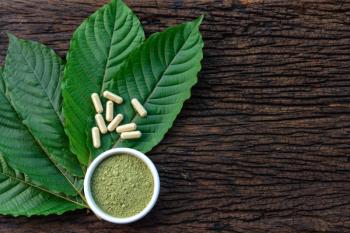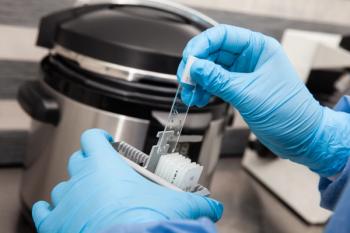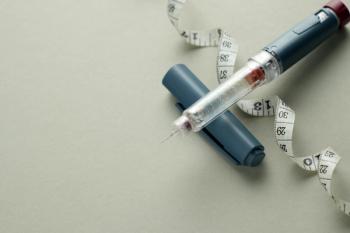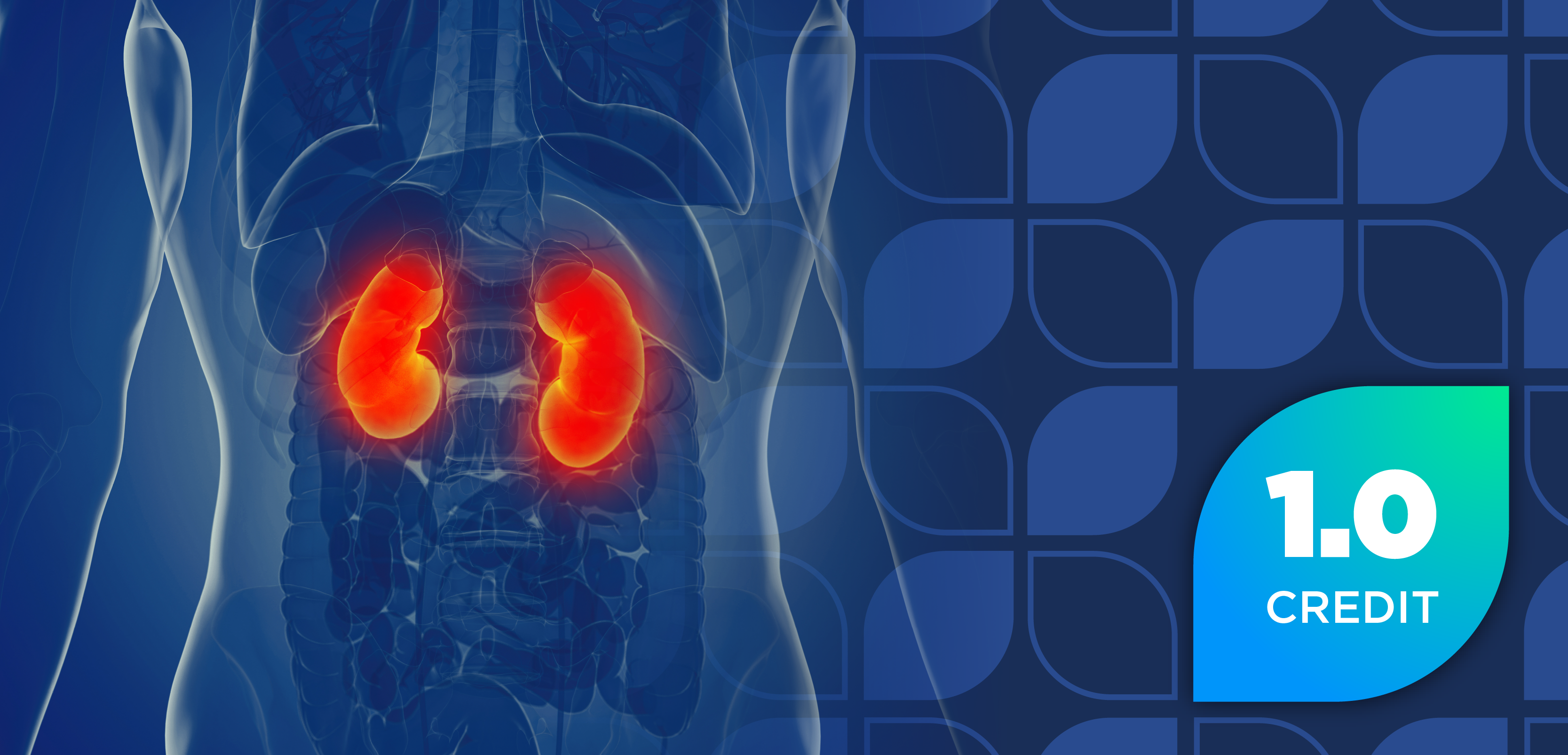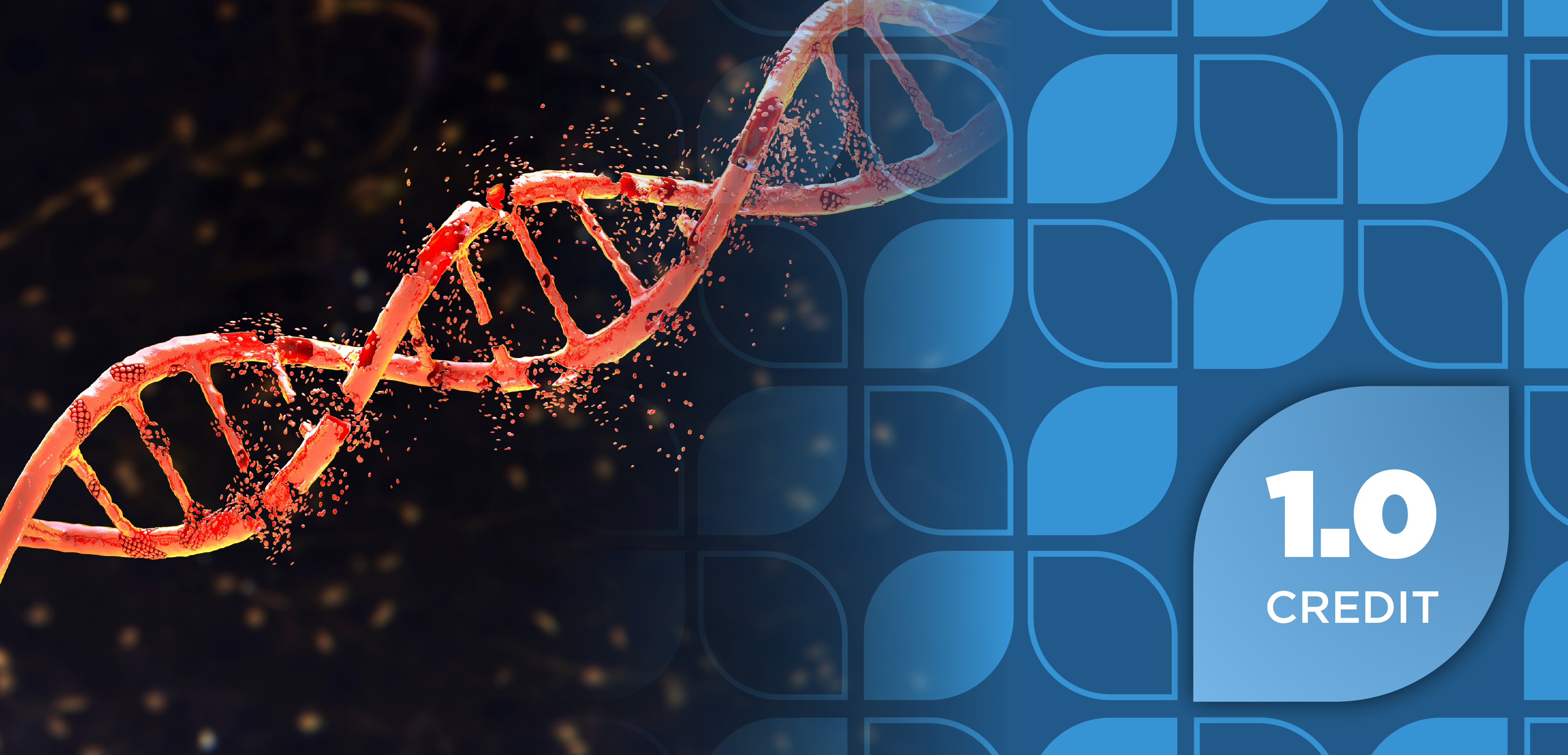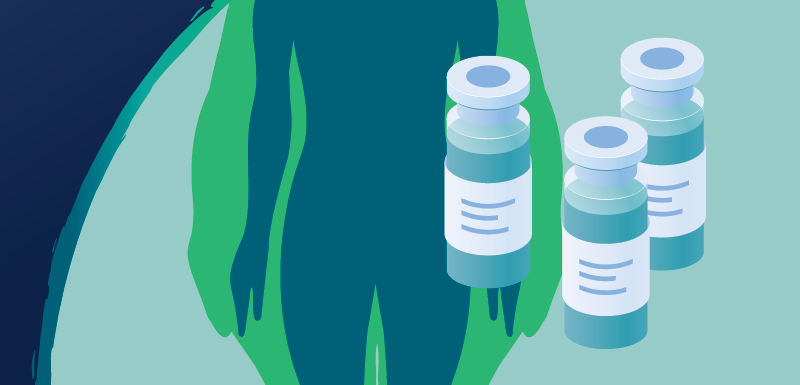
UNI-494 Receives US Patent for Treatment of Chronic Kidney Disease
Key Takeaways
- UNI-494 targets mitochondrial dysfunction in CKD and AKI by activating ATP-sensitive mitochondrial potassium channels, potentially reversing disease progression.
- The drug has completed a phase 1 study, demonstrating safety, tolerability, and dose-proportional exposure, with therapeutic levels achieved at 60 mg.
Unicycive Therapeutics secures a US patent for UNI-494, a promising treatment for chronic kidney disease, enhancing its development and partnership potential.
UNI-494 (Unicycive Therapeutics) was issued a US patent for the treatment of chronic kidney disease (CKD), according to a news release from the manufacturer. This patent follows the issuance of an earlier method of use patent for the treatment of acute kidney injury (AKI) with UNI-494.1
“While we are focused on seeking FDA approval of our lead product, oxylanthanum carbonate, we are pleased to announce the issuance of another patent for our second investigational drug, UNI-494,” Shalabh Gupta, MD, CEO of Unicycive Therapeutics, said in a news release. “This patent is part of a broader intellectual property portfolio for UNI-494, which supports potential partnership opportunities and future development efforts. We have completed a phase 1 clinical study in healthy volunteers and have received [an] orphan drug designation for the prevention of delayed graft function in patients undergoing kidney transplantation.”1
UNI-494 is a novel nicotinamide ester derivative and a selective ATP-sensitive mitochondrial potassium channel activator. Mitochondrial dysfunction plays a significant role in the progression of CKD and AKI, explained the manufacturers. UNI-494’s mechanism of action restores mitochondrial function, meaning it can be beneficial for the treatment of these diseases alongside other kidney-related conditions. Previously, UNI-494 received an orphan drug designation for the prevention of delayed graft function in patients who received kidney transplants. Of note, it completed a phase 1 dose-ranging safety study.1,2
Further, prior research demonstrates that a single intravenous dose of 10 mg/kg of UNI-494 at 1 or 4 hours following ischemia significantly reduced kidney functional markers and tubular injury scores, suggesting that the therapy slows down—and possibly reverses—the progression of AKI in its established state.3
In addition, another study showed that a single dose of 10 to 160 mg of UNI-494 was safe and well tolerated by healthy participants. It was rapidly converted to nicorandil, and exposure increased in a dose-proportional manner. Of note, therapeutic levels of nicorandil were observed to be achieved at 60 mg (area under curve: > 200 hour*ng/mL). With these findings, a phase 2 portion of the trial was initiated to determine the dose and schedule of UNI-494 when treating patients with AKI.4
“We are pleased to announce the successful completion of the UNI-494 phase 1 study that informs our next steps for advancement to a potential phase 2 clinical trial in patients with acute kidney injury,” said Gupta in a previous news release. “This is an important milestone for the clinical development of UNI-494, as it provides the necessary dosing and tolerability data to progress the program. We plan to request a meeting with the FDA before the end of the year to review these phase 1 results and a potential phase 2 study design. We would like to extend our gratitude to the trial investigator and participants who committed their time and effort to the study.”5
REFERENCES
Unicycive Therapeutics. Unicycive Therapeutics Granted New U.S. Patent for UNI-494 to Treat Chronic Kidney Disease. News release. August 18, 2025. Accessed August 18, 2025.
https://ir.unicycive.com/news/detail/109/unicycive-therapeutics-granted-new-u-s-patent-for-uni-494 Unicycive Therapeutics. Innovative potential for renal disease and beyond with UNI-494. Accessed August 18, 2025.
https://unicycive.com/uni-494/ Unicycive Therapeutics. EC Pharmacology and Toxicology: Evaluation of UNI-494 in Acute Kidney Injury Treatment Efficacy When Administered After Ischemia-Reperfusion in a Rat Model. News release. October 28, 2024. Accessed August 18, 2025.
https://unicycive.com/evaluation-of-uni-494-in-acute-kidney-injury-treatment-efficacy/ Unicycive Therapeutics. UNI-494 Phase I Safety, Tolerability, and Pharmacokinetics. October 27, 2024. Accessed August 18, 2025.
https://unicycive.com/uni-494-phase-1-safety-tolerability-and-pharmacokinetics/ GlobeNewswire. Unicycive Therapeutics Successfully Completes UNI-494 Phase 1 Study in Healthy Volunteers. News release. October 9, 2024. Accessed August 18, 2025.
https://www.globenewswire.com/news-release/2024/10/09/2960387/0/en/Unicycive-Therapeutics-Successfully-Completes-UNI-494-Phase-1-Study-in-Healthy-Volunteers.html
Newsletter
Stay informed on drug updates, treatment guidelines, and pharmacy practice trends—subscribe to Pharmacy Times for weekly clinical insights.

